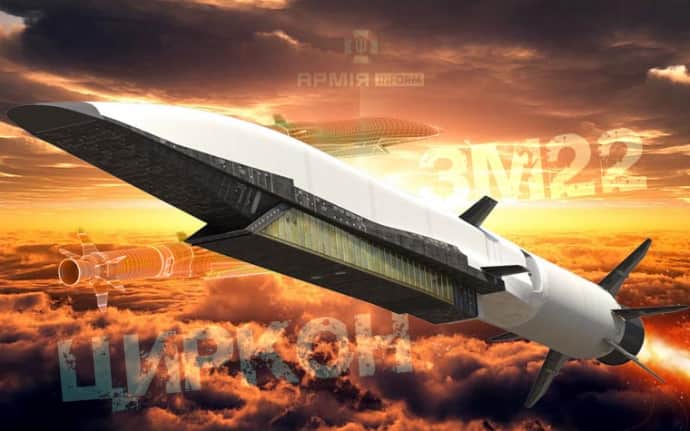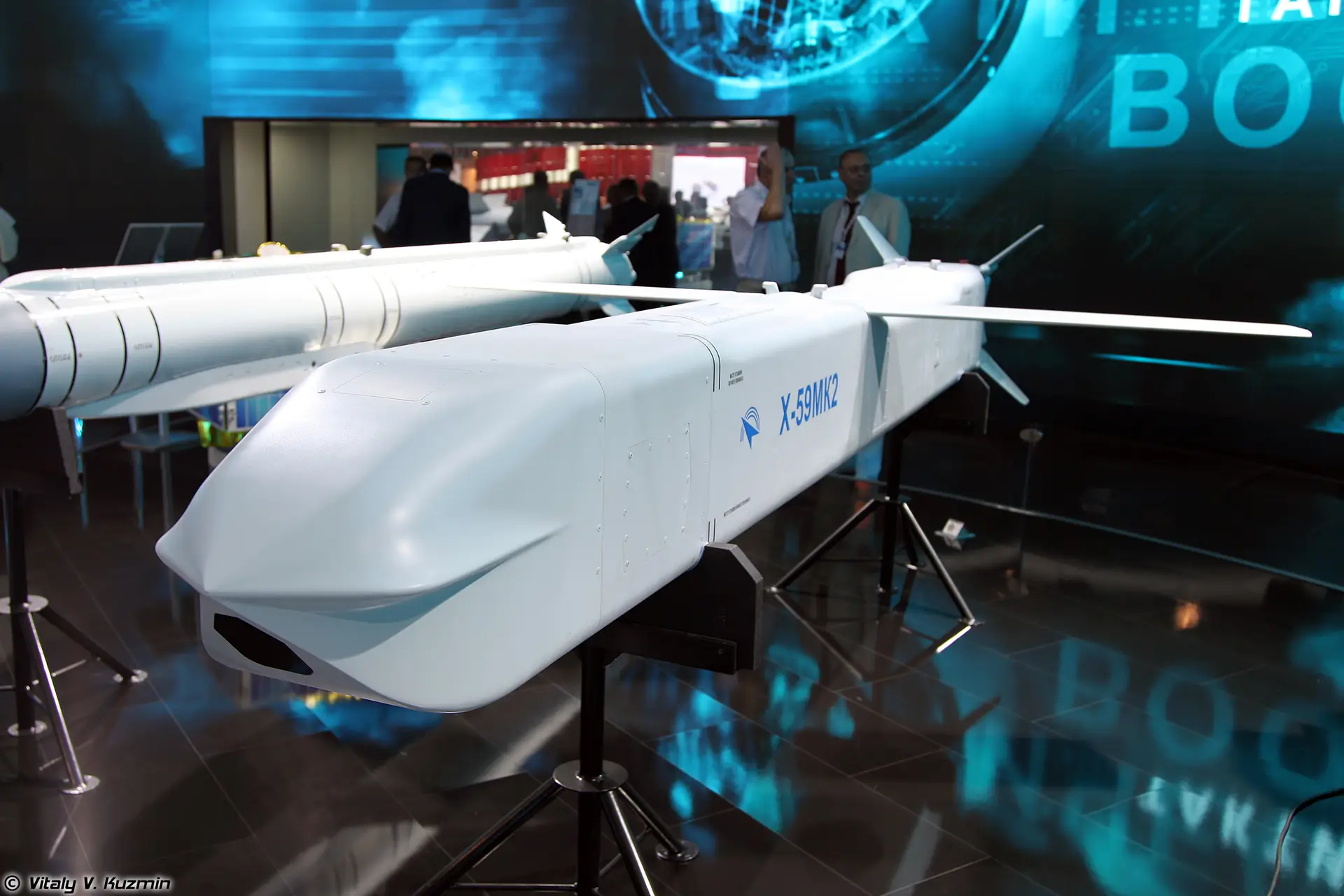Russia's seemingly endless stockpiles. How many long-range missiles does Russia have left, and how have its tactics for large-scale strikes changed?

Russia launched yet another large-scale missile attack on Ukrainian cities on the night of 7-8 May, after a two-week pause.
If we define large-scale attacks as those involving strategic bombers and more than 10 missiles at a time, then this was the fifteenth such bombardment since the beginning of the year.
Russia launched nine large-scale missile strikes on Ukraine in the same period in 2023. The difference is quite telling.
Even more telling are the overall statistics on launched missiles, which reveal that, compared to the first months of last year, Russia has almost doubled the intensity of strikes with short- and medium-range missiles. A total of 466 missiles were used from 1 January to 9 May 2023, and over 800 have been fired in the same period this year.
The statistics on the use of Shahed loitering munitions, which have almost quadrupled in number compared to the same period last year (425 from 1 January to 9 May 2023, 1664 in the same period in 2024), do not inspire optimism.
Ukrainska Pravda has analysed how Russia's approach to airstrikes on Ukraine has changed and what to expect in the near future.
* This story does not take into account Russia's attacks on frontline settlements involving guided aerial bombs and S-300/S-400 anti-aircraft missiles, which require additional analysis and a separate report.
How many long-range missiles does Russia have?
Defence Intelligence of Ukraine (DIU) has reported that Russia had about 950 strategic-tactical and strategic missiles (over the 350 km range) as of April this year. Earlier, Major General Vadym Skibitskyi, Deputy Chief of DIU, noted that the Russians produce about 115-130 strategic missiles per month.
These figures alone say little, but if we combine them with statistics on the attacks and consider previous statements by Ukrainian intelligence, we can draw certain conclusions.
Open-source data indicate that Russia has been firing approximately 200 short- and medium-range missiles on Ukraine every month since the beginning of this year (not including S-300/400 missiles and guided aerial bombs). Judging by the rate of production and the number of missiles launched, one would expect the stockpile to be depleting; yet it is not that simple.

In January, DIU reported that the Russians were producing not only strategic missiles but also about the same number (i.e., about 130 units per month) of strategic-tactical missiles (such as Kh-31, Kh-59, etc., with a range of 100 to 400 km).
These data provide the rather unpleasant answer to why Russia is firing many more missiles than before and why its stockpiles are not yet depleted. Analyses of strikes targeting Ukrainian cities far from the war zone often overlook shorter-range missiles (discussed below), which Moscow has also been using against settlements closer to the battlefield much more frequently than last year.
Changes in winter tactics and air defence workload
In the autumn of 2023, the vast majority of experts shared the opinion that Russia would focus, as in the previous winter [and the entire period when district heating systems are on], on targeting Ukrainian energy infrastructure. However, this did not happen immediately.
During the winter months, Russia targeted mainly Ukrainian industrial facilities and defence industry companies. When the winter was nearing its end, Russian forces suddenly changed tactics and began to target Ukraine's energy sector.
Why did this happen?
Russia has been aggressively depleting Ukraine's air defence capabilities since early 2024 amid challenges in the supply of weapons, including anti-aircraft missiles, to Ukraine from the West. The frequent presence of Shaheds circling throughout Ukraine on a near-daily basis has served less to attack specific targets and more to divert the focus of air defences.

With Russia having set up the production of Shaheds in Tatarstan last summer and planning to produce 6,000 UAVs by the summer of 2025, there is no reason to expect a shortage. [Tatarstan is a federal subject of the Russian Federation, 800 miles (over 1000 km) from the war zone in Ukraine].
The Russians have been actively trying to find and destroy Ukrainian air defence systems at the same time as conducting attacks with Iranian-made Shahed UAVs.
They have used the aforementioned strategic-tactical missiles (such as the Kh-31 or Kh-59) for this purpose. These missiles, although relatively short range (depending on their modification, between 100 and 300 km), are used primarily to strike air defence assets, and in particular radar stations, which must be destroyed before or during large-scale strikes.
"The Kh-31 is a typical anti-radar missile, while the Kh-59 can be launched from almost all types of Sukhoi (Su) aircraft; so, whenever possible, the Russians use them against frontline cities," aviation expert Valerii Romanenko told Ukrainska Pravda.
Whereas at the beginning of last year, strikes involving strategic-tactical missiles could be counted on one hand, since January 2024 alone, the Russians have used over 100 Kh-59s.

The aforementioned factors and the shortage of Western supplies of air defence missiles became apparent in early spring. In fact, they revealed the exposure of Ukraine’s energy sector. The attack on the Trypillia Thermal Power Plant near Kyiv marked the peak of the crisis. At the time, President Volodymyr Zelenskyy said that the plant had been utterly destroyed because Ukrainian forces had run out of air defence missiles to protect it.
New deadly "toys"
The Russians’ approach to more long-range weapons has changed, as well.
Last year, the main long-range weapons used by Russia were the Kh-101 and Kalibr missiles. In 2024, the situation is different. The difference has to do mainly with the use of the Kalibr missile.
The Ukrainian Air Force Command reports that since the beginning of 2024, the Russians have launched fewer than 20 Kalibr missiles (3 in January, 5 in February, 0 in March, 7 in April, 4 in May). In total, since February 2022 Russia has launched more than 800 Kalibr missiles on Ukraine.
Defence Intelligence of Ukraine reports that Russia currently has about 270 units, so there is no deficit of such missiles.
How are they being used?
The main carriers of these missiles are ships and submarines, but these are rarely used by the Russians due to the successes of the Armed Forces of Ukraine in the Black Sea. For instance, at the moment there are only two Kalibr carriers in the Black Sea, with a total payload of up to 12 missiles.
Read also: Sea drones, Elon Musk, and high-precision missiles: How Ukraine dominates in the Black Sea
Valerii Romanenko stated that another, more obvious problem with these missiles is that they are easier to shoot down.
"Despite all the claims, Kalibr is a simpler missile than Kh-101 which is better able to manoeuvre and is equipped with heat trap protection. According to statistics, the percentage of Kalibr missiles downed was too high, so I think this is the reason why the Russians refused to actively use them," the expert believes.
The Russians managed to solve the problem with the Kalibr by replacing this type of missile with others. Specifically, they switched to proven ballistic and cruise Iskander missiles, the quantity of which exceeds 200 units, and the stock can be replenished with 40 missiles every month. Moreover, Russia is actively developing new types of weapons despite the sanctions.
Since the beginning of this year, Russia has sought North Korea’s assistance. Nevertheless, more than half of the widely promoted North Korean ballistic "Kimskanders" (analogous to the Russian Iskanders KN-23/KN-24) turned out to be defective, so Moscow has seemingly stopped using them as well.
Apparently, this situation forced the Kremlin to move forward the use a hypersonic 3M22 Zircon cruise missile. Its use was documented for the first time in February 2024 during a Russian attack on Kyiv Oblast.
"In reality, the Zircon missile is still undergoing combat testing, since the results of its use are unclear. Even though it is hypersonic, it’s also a cruise missile, and the connection with satellites is made only when it slows down to the speed of 3-4 Mach (1 Mach is equal to approximately 1225 km/h). By that time, it makes a lot of mistakes so its precision is highly questionable," Valerii Romanenko explained.

Deceleration at the final stage of its flight makes Zircons a simpler target for ground air defence systems of the Patriot class. It is harder to down aeroballistic Kinzhal missiles, but the Russians rarely use them for precise targets because they have only a small arsenal (since the beginning of this year, no more than 25 of a total of about 70 units have been used).
Even though the results of the use of Zircons and their precision are still quite controversial, Russia has streamlined their production. Defence Intelligence of Ukraine reports that Russia may now have as many as 40 Zircons, with the possibility of replenishing the arsenal with 10 units monthly.
At the end of winter, the Kh-69, which poses greater danger to Ukrainian cities, appeared in the statistics kept by the Ukrainian Air Force. This missile is a modified version of the Kh-59, with an increased combat weight and increased range. It was these types of missiles which destroyed the Trypillia Thermal Power Plant.
In September 2023 the British think tank the International Institute of Strategic Studies (IISS) reported that the Kh-69 is a cruise missile of the "air-to-surface" class, likely similar to the British Storm Shadow and German Taurus missiles.
What makes it different from earlier modifications is its increased protection against interception. Its shape, similar to that of European ones, makes it possible to reduce its radar visibility in the airspace.
In addition, earlier modifications of the Kh-59 increased its range to 250-280 km, while the Kh-69 is able to reach targets at a distance of up to 400 km, as demonstrated by the strike on the Trypillia Thermal Power Plant.

The Kh-69 missile can be launched from many Russian aircraft of the "Su" type, but its main carrier is the most advanced Russian fighter jet, the Su-57. So, given that this missile has a range of up to 400 km, air raid warnings can be sounded in almost a third of Ukraine’s territory when this aircraft reaches the borders of Ukraine, and not only when MiG-31K aircraft carrying Kinzhal missiles take off.
***
Over more than two years of the full-scale invasion, experts have often predicted that Russia "was about to run out of missiles". It has not.
Evidently, despite all the hardships, the Kremlin keeps diversifying its tactics of using more and more deadly weapons every day, and these weapons are ever more frequently falling from the sky on innocent Ukrainians.
Placing advanced air defence systems across Ukraine remains the only possible response to Russia’s long-range terror. And the faster Western partners realise this, the easier it will be for Ukraine to resist the Russian aggressor.
Yevhen Buderatskyi, Ukrianska Pravda
Translation: Artem Yakymyshyn and Polina Kyryllova
Editing: Monica Sandor
